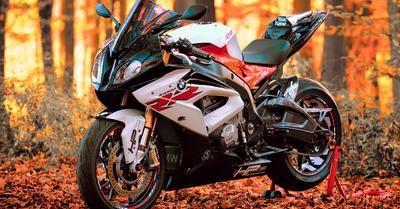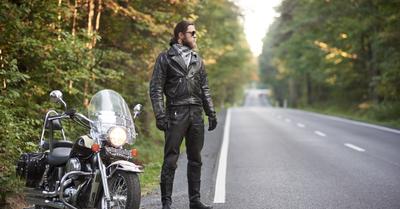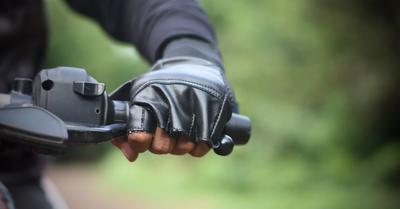How Gear Shifting Works
When you pull on the clutch lever, the engine gets disconnected from the transmission. This means that no matter how much you rev the engine, the wheels will continue moving at their own pace. When the clutch lever is released, the engine and transmission connect again, and the engine power gets transferred to the wheels.
While the clutch is pulled, the synchronization between the engine and the wheels is lost. The wheels and engines rotate at different rpm. When you release the clutch, two things can happen:
- The Engine Speed is higher than the Wheel speed. This will result in a backward jerk, and your bike will begin to accelerate.
- The Engine speed is lower than the wheel speed. In this case, you will feel significant engine braking. This happens as the wheels slow down to match the engine throttle.
- In a rare case, your engine rpm will match the wheel rpm, and the bike will continue to move at the same speed.
Downshifting Multiple Gears
It is best to avoid downshifting multiple gears until you are well accustomed to your motorcycle. Missing a gear or two when slowing down might not sound like a big thing, but it can lead to loss of control, damage to the transmission, or even a stall.
To understand what can happen in excessive downshifts, imagine you are going at high speed and the engine is running at around 6000 RPM. You decide to downshift to try to gain more power. If you shift down by one gear, chances are your engine will hit 8000 rpm. But if you go down by two or more gears, your engine can go to 10,000 rpm or even beyond the red line.
It is usually considered safe to downshift from fifth to third or even second or from sixth to fourth. But you must always avoid going from the top gear to the bottom gear as much as possible.
Whenever you are downshifting, the engine throttle must be increased to match the wheel speed. Failure to rev up the engine will result in engine braking and take a toll on the engine and transmission. You can use throttle blipping to match the speed, but that requires practice and experience to master.
It is important to release the clutch slowly as you are downshifting. This will allow the engine speed and the wheel speed to synchronize. However, you can release the clutch lever more rapidly if you are blipping, but this has many risks involved.
If you blip and rev the engine too much, you can end up in a wheelie when you release the clutch. On the other hand, under-rev can lead to an engine brake.
Risks of Downshifting Multiple Gears
There are many risks involved with missing gears while downshifting; let us look at some of them.
Which Gear Am I In?
Some motorcycles come with a gear indicator. If your motorcycle has one, you can give it a glance to see what gear you are in. But if you are like most riders, who do not have a gear indicator, then there is a chance that you can momentarily forget which gear you are in.
For example, if you are going at 30 mph and decide to downshift from fourth to second, that will be fine. But if you somehow end up on the first gear, you will be heading for trouble. You will get a strong jolt, and chances are your bike will go into a skid.
Clutch Burnout
Keeping the clutch engaged for longer periods as you downshift and wait for the engine speed to match the wheels can cause the clutch to wear out. You could use engine braking to slow the motorbike down, but with the clutch held in and coasting, you also put yourself into other dangers.
Other Parts at Risk
Unsafe downshifting can also greatly impact other parts of the motorcycle. Excessive torque applied to the transmission or sprockets can lead to a damaged sprocket, broken drive chain, or blown transmission.
Generally, it is safe to downshift multiple gears at a time if done properly. If your bike is new or you are a new rider, try to avoid the temptation of missing gears while downshifting until you are more familiar with your ride. Before taking the risk at high speeds, it is important to learn how to downshift multiple gears at lower speeds.
You might need multiple downshifting on a racetrack. But with your every day, around the neighborhood, rides, you will hardly ever need to downshift multiple gears.
Remember, it is equally important and challenging to rev-match the engine and wheel speeds when downshifting, and with practice, you can get better at it.















